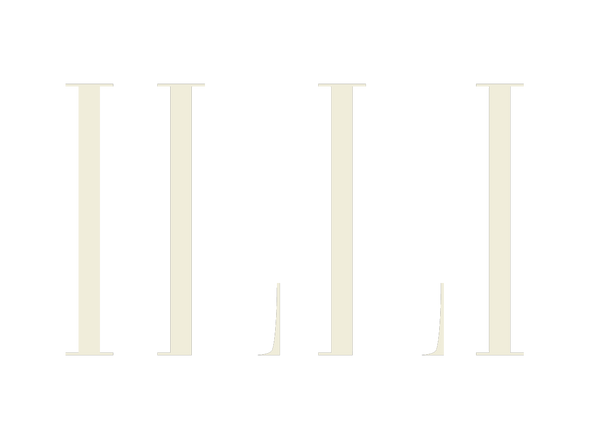
Redefining Business Casual
Share
In the bustling heart of any downtown core, the way we dress for work is more than a mere choice of fabric and color—it’s a statement, an ethos, a silent dialogue we share with our surroundings. As we navigate through the post-2020 landscape, the term “business casual” has evolved, mirroring the transformations within our societal fabric.
Defining Business Casual in the Modern Era
Once, the term “business casual” might have conjured images of khakis paired with a crisp button-down shirt, an attire poised halfway between the formality of a suit and the relaxed comfort of jeans and a t-shirt. However, post-pandemic, this definition has morphed into something more fluid, adaptive, and, crucially, more individualistic.

“Business casual is less about adhering to a universal dress code and more about reflecting one's personal style while maintaining a professional appearance.
- Jessica, Co-founder
ILLI
Today, business casual is less about adhering to a universal dress code and more about reflecting one’s personal style while maintaining a professional appearance. It embodies the hybrid work culture that has emerged—where the boundaries between home and office, formal and informal, have blurred. This shift is not just sartorial but also deeply psychological, representing a newfound balance between comfort and professionalism.
The Pandemic’s Influence on Work Wear
The COVID-19 pandemic disrupted many aspects of our daily lives, not least of which was our approach to work and, consequently, workwear. With remote work becoming the norm, the necessity for traditional office attire diminished. Zoom calls only required the upper half of our bodies to appear professional, leading to an era where the concept of dressing from the waist up became commonplace.

“Ask us how we can shop for you.
Click below and book a Discovery Consultation.
As we slowly return to downtown offices, the remnants of this remote work culture linger, influencing how we perceive and execute business casual attire. Comfort, once a luxury, has now become a fundamental requirement. The rigidity of starched collars and stiff blazers has given way to softer, more flexible fabrics. Knit polos, tailored joggers, and even stylish sneakers have made their way into the business casual repertoire.
Navigating Business Casual in a Downtown Setting
In the post-pandemic downtown setting, business casual is a testament to our adaptability. The new business casual marries the sleekness of urban fashion with the practicality demanded by our times. For example, a typical outfit might include well-fitted dark jeans paired with a blazer and a simple, yet elegant top. The key lies in the details: quality materials, impeccable tailoring, and thoughtful accessories.

This evolution is also reflective of the broader cultural shifts towards inclusivity and diversity. The new business casual embraces a variety of styles and cultural expressions, allowing individuals to bring their whole selves to work. This shift is significant in downtown settings where a myriad of cultures, industries, and personal identities intersect.
The Future of Business Casual
As we look to the future, it’s clear that business casual will continue to evolve. The lines between workwear and everyday wear are becoming increasingly indistinct, pointing to a future where professional attire is defined more by context and personal expression than by rigid codes.
The pandemic has taught us to value flexibility and comfort without sacrificing professionalism. This lesson is embodied in the modern interpretation of business casual, which is less about conforming to a standard and more about finding the balance that works for each individual in their unique context.

In downtown settings, this balance is crucial. The fast-paced, dynamic nature of urban work environments requires an attire that is as adaptable and multifaceted as the people who inhabit them. Business casual, post-2020, is no longer just a dress code—it’s a mindset, a reflection of the times we live in, and a symbol of the seamless integration of our professional and personal lives.
By embracing this new definition, we’re not only redefining our wardrobes but also reshaping the way we approach work and identity in a rapidly changing world.
“Start your bespoke journey - make an appointment, and craft your vision.
Click below and book a Discovery Consultation.


